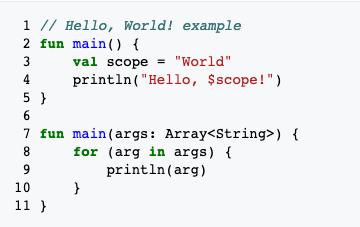


To make things interesting, I decided to expand the tool, so I could potentially make some money off it. She wanted something she could use to basically catalog her collection of books, so she could loan them to her students just like a library. Revisiting PopLibraryīack in early 2016, I decided to make a library application, PopLibrary, for my girlfriend-at-the-time, Morgan. As a polyglot, I decided to not only take another stab at mobile app development but to also try my hand at Kotlin. To be honest, the project was pretty basic, but I had a lot of fun designing something from the ground up with in a multidisciplinary team.įast forward to today, and you’ll find that not much has change-at least not until recently.

The Arduino had a Bluetooth attachment which we used to communicate with the lock through an Android mobile app. Regardless, I hadn’t had much experience with anything beyond those languages, so I went the Android route to leverage my Java experience.įor those who are curious, we used an Arduino to drive a solenoid lock.

For the record, that was the expected repetoire for someone pursuing a Computer Engineering degree. Īt the time, I was only familiar with Java, C, Verilog, and x86. In fact, my one and only experience with it was my last semester of undergrad in 2016 when I built an Android app to interact with a smart lock. Since attempting to destructure such an object without data properties would not make sense, no componentN() functions are generated.My relationship with mobile app development has been rather brief. Unlike a data class, a data object does not have any data properties. The singleton pattern restricts the instantiation of a class to a single instance, which would be violated by allowing copies of the instance to be created. Because a data object declaration is intended to be used as singleton objects, no copy() function is generated. While data object and data class declarations are often used together and have some similarities, there are some functions that are not generated for a data object: Differences between data objects and data classes The generated hashCode() function has behavior that is consistent with the equals() function, so that all runtime instances of a data object have the same hash code. Println(MySingleton = evilTwin) // falseįun createInstanceViaReflection(): MySingleton as Constructor).newInstance() Even when a library forcefully creates a second instance of MySingleton, its `equals` method returns true: Val evilTwin = createInstanceViaReflection()


 0 kommentar(er)
0 kommentar(er)
